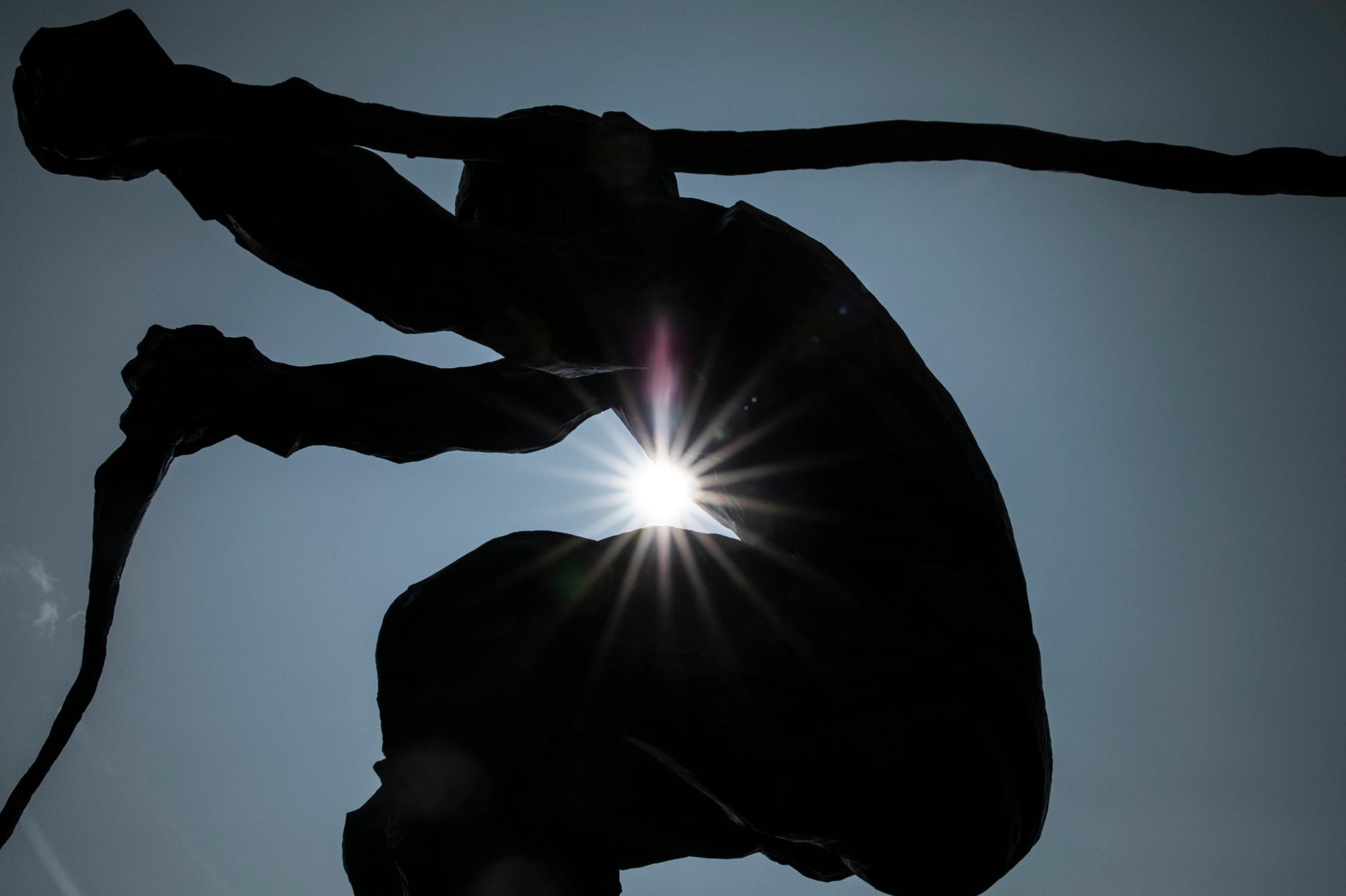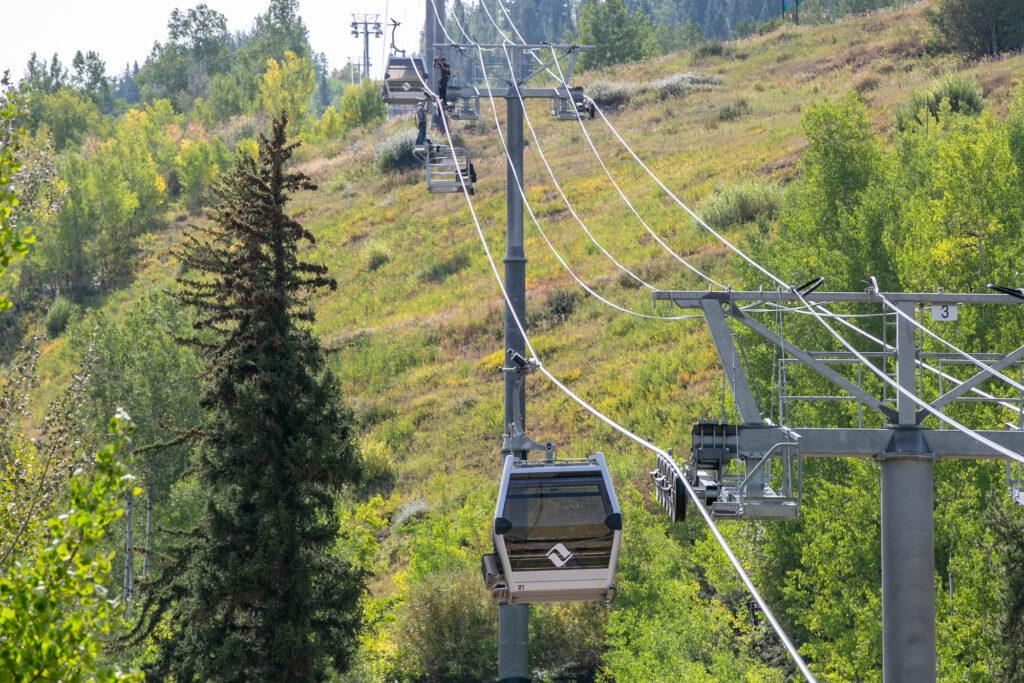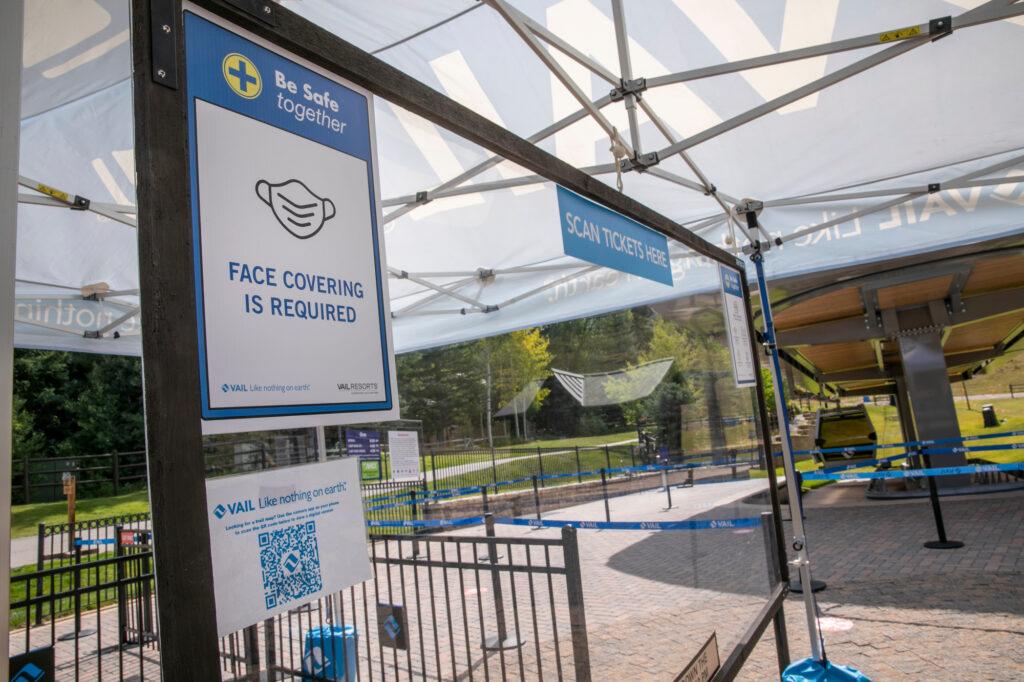
Resort operators across Colorado are rolling out their plans for ski season in the age of social distancing. One thing seems clear: Those plans are subject to change.
“What we’re planning is not going to be what’s going to happen — at least at some level,” Rusty Gregory, the CEO of Alterra, said in an interview.
Alterra is the Ikon pass operator and owns the resorts at Steamboat Springs and Winter Park.
“This is such a dynamic circumstance that everybody is struggling with,” Gregory said.
With ski season less than two months away, the industry is planning how to manage lift lines, gondola rides, dining options and crowds. It’s a difficult balance between getting as many people on the mountain as possible and protecting the health of customers, employees and local communities.
Ski towns were early hotspots for Colorado’s COVID-19 outbreak, putting a spotlight on how resorts will manage during a pandemic.

There is no statewide mandate on how to keep people safe during ski season
Resorts shut down in mid-March when Gov. Jared Polis issued a stay-at-home order, but there’s been limited guidance on how to bring people back for winter sports. The state’s mountain resorts have been open for summer activities.
Throughout the pandemic, the state says it has worked closely with the ski resort owners and local health departments. Those departments have described a different picture, one in which there is little direction provided by the state. Yet, the state is confident in the plans proposed for the upcoming season.
“We believe Colorado resorts will lead the way in providing a safe skiing and boarding experience in our majestic world class mountains, and we appreciate the ski industry’s continued partnership,” said a Colorado Department of Health and the Environment spokesperson in an email.
Pass providers have created their own roadmaps. Within that, individual resorts have latitude to decide on safety measures unique to them. That could create confusion, where health experts say consistency is key.
“I think it's really critical that we continue to collaborate and think through what a consistent approach is going to be,” said Heath Harmon, the director of Eagle County Public Health and Environment.
A uniform approach “is much easier to understand for the skier and they don't have to think about, ‘Okay, so if I'm skiing in Eagle County, these are the precautions I need, but if I'm skiing in Summit County, it's a different set of precautions.’”

Operators have adopted many of the same precautions
Masks will be required just about everywhere, and resorts have dramatically pared back dining options. Most ticket windows will be closed to avoid lines, and lifts won’t run at full capacity.
Still, each mountain will have its own approach. Vail Resorts was among the first to release detailed protocols, including a reservation system at all 34 of its North American properties. Epic Pass holders will have early access to reservations during the peak of the season, but nobody is guaranteed a spot on the day of their choice.
The deadline to buy the Epic Pass at the best price — and use credit from last year’s abbreviated season — was pushed back 10 days to Sept. 17 to give people time to process the changes, said Ryan Huff, a spokesperson for Vail.
“It is a new system this year and it will take a little getting used to,” Huff said. “The vast majority of days, anybody who wants to come on our mountain will be able to.”
Alterra isn’t requiring reservations for Ikon pass holders. Instead, the company aims to limit capacity by tightly regulating daily ticket sales. But Alterra doesn’t actually own many of the resorts included on the Ikon pass, and independently owned operators will make their own rules.
Alterra CEO Gregory says the company isn’t ruling anything out if current measures aren’t sufficient to control crowds on the mountain.
“We need to have all the arrows in our quivers of ways to reduce peak capacity,” Gregory said. “Parking reservations, pass reservations, closing on busy days — all sorts of things are possible.”
Aspen Ski Company, which joined the Ikon pass in 2018, delayed plans to announce guidelines at its four mountains. Resort officials were aiming to release details by Labor Day, but decided they needed more time given how fast the situation can change, said Jeff Hanle, a company spokesperson. It’s not clear when details will be available, he said.
“Let’s do it right — not fast,” Hanle said. “There is plenty of time before ski season.”
The company is considering offering different passes that will limit the amount of people on the mountain, according to Hanle. For example, there could be a pass for weekdays only, or a pass that is restricted during the Christmas holiday and other peak times, he said.
In the spring, out-of-state visitors contributed to outbreaks in ski towns. This winter, airports from Montrose to Denver will be critical gateways for preventing the spread of the coronavirus. The state’s largest airport doesn’t have a reliable forecast for how busy the winter season will be, Alex Renteria, a DIA spokesperson, said.
“It’s tough to know,” Renteria said. The airport has installed hand sanitizer and face mask dispensers, but won’t be adding precautions like taking travelers’ temperature.
Aspen’s Hanle says it’s difficult to pinpoint the right approach until it becomes clear how many people are actually going to show up.
“The best thing we can do is put in place systems that are reactive and helpful,” Hanle said.








